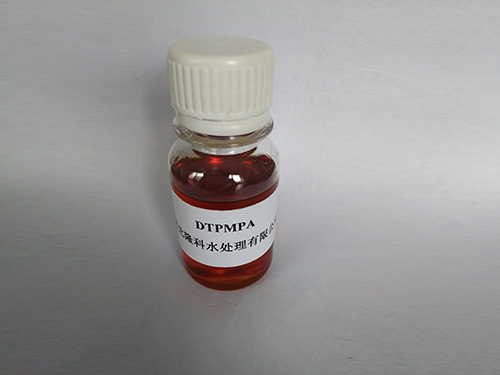Understanding the Roles of Coagulants and Flocculants in Water Treatment Processes
Coagulants and Flocculants Essential Agents in Water Treatment
Water treatment processes are crucial for ensuring clean and safe drinking water in our communities. Among the various methods employed, the use of coagulants and flocculants plays a vital role in the removal of suspended particles, colloids, and impurities from water. Understanding these agents and their functions can greatly enhance water treatment efficiency and effectiveness.
Coagulants are substances that promote the clumping or coagulation of small particles in water. When added to water, they neutralize the charges on these particles, enabling them to come together and form larger aggregates. Common coagulants include aluminum sulfate (alum), ferric chloride, and polyaluminum chloride. The choice of coagulant depends on the specific characteristics of the water being treated, including pH, turbidity, and the nature of the contaminants present.
Coagulants and Flocculants Essential Agents in Water Treatment
Flocculants are agents that aid in the aggregation of the formed flocs, promoting further growth and settling. They are often high molecular weight polymers that work by bridging the gaps between particles, allowing them to coalesce into larger, more easily removable aggregates. Common flocculants include polyacrylamides, natural polysaccharides, and various synthetic polymers.
coagulants and flocculants

The effectiveness of coagulants and flocculants can be influenced by several factors. pH plays a critical role, as it affects the solubility and charge of the coagulant. Optimal pH ranges vary based on the specific coagulant used, and adjustments may be necessary to achieve the best results. Additionally, the concentration of coagulants and flocculants needs to be carefully controlled. Too little of these agents may lead to incomplete coagulation, while excessive dosages can result in inefficient floc formation and could introduce additional contaminants into the treated water.
The combination of coagulants and flocculants has been extensively studied and optimized across different industries, from municipal water treatment facilities to industrial applications. For instance, in municipal water treatment, the goal is to remove impurities while ensuring that the end product is safe for public consumption. The successful use of these agents can significantly decrease the turbidity of water, making it clearer and more aesthetically pleasing.
Moreover, coagulants and flocculants are also beneficial in wastewater treatment processes. They facilitate the separation of solids from liquids, reducing the environmental impact of industrial and municipal waste. By promoting the settling of sludge, these agents improve the efficiency of solid waste disposal and enhance the overall treatment process.
Environmental concerns surrounding chemical usage in water treatment have led to the exploration of more sustainable practices. Research is ongoing to develop natural coagulants and flocculants derived from plant materials, which can provide effective treatment alternatives while minimizing chemical residues in the environment.
In conclusion, coagulants and flocculants are indispensable components of effective water treatment systems. Their ability to facilitate the removal of suspended solids and improve water quality has made them essential in both municipal and industrial contexts. Understanding their interactions and optimizing their use can significantly enhance water treatment processes, providing safer and cleaner water for our communities. As research continues and sustainable options are developed, the future of water treatment looks promising, ensuring that we can meet both human and environmental needs effectively.
-
Water Treatment with Flocculant Water TreatmentNewsJun.12,2025
-
Polymaleic AnhydrideNewsJun.12,2025
-
Polyaspartic AcidNewsJun.12,2025
-
Enhance Industrial Processes with IsothiazolinonesNewsJun.12,2025
-
Enhance Industrial Processes with PBTCA SolutionsNewsJun.12,2025
-
Dodecyldimethylbenzylammonium Chloride SolutionsNewsJun.12,2025





